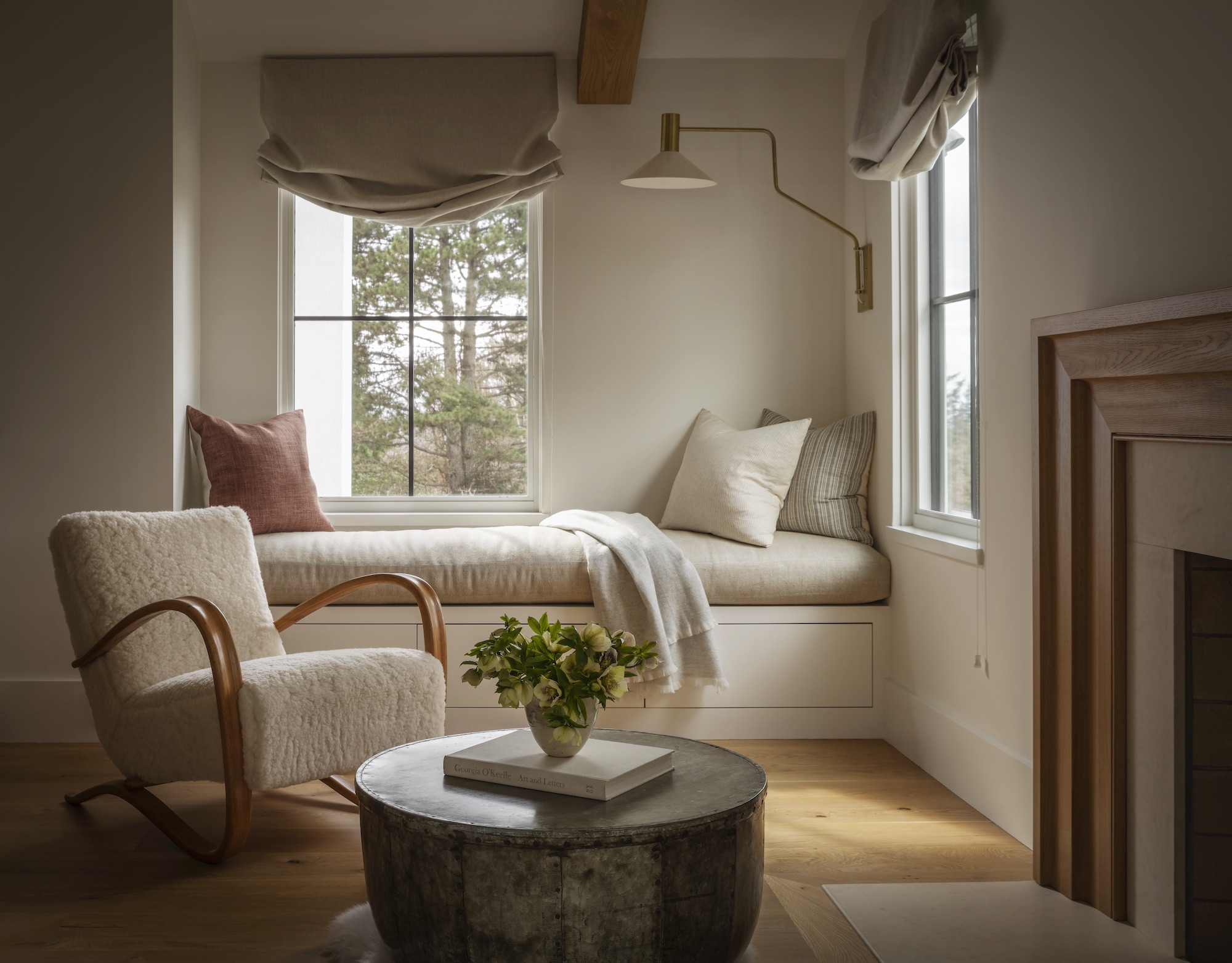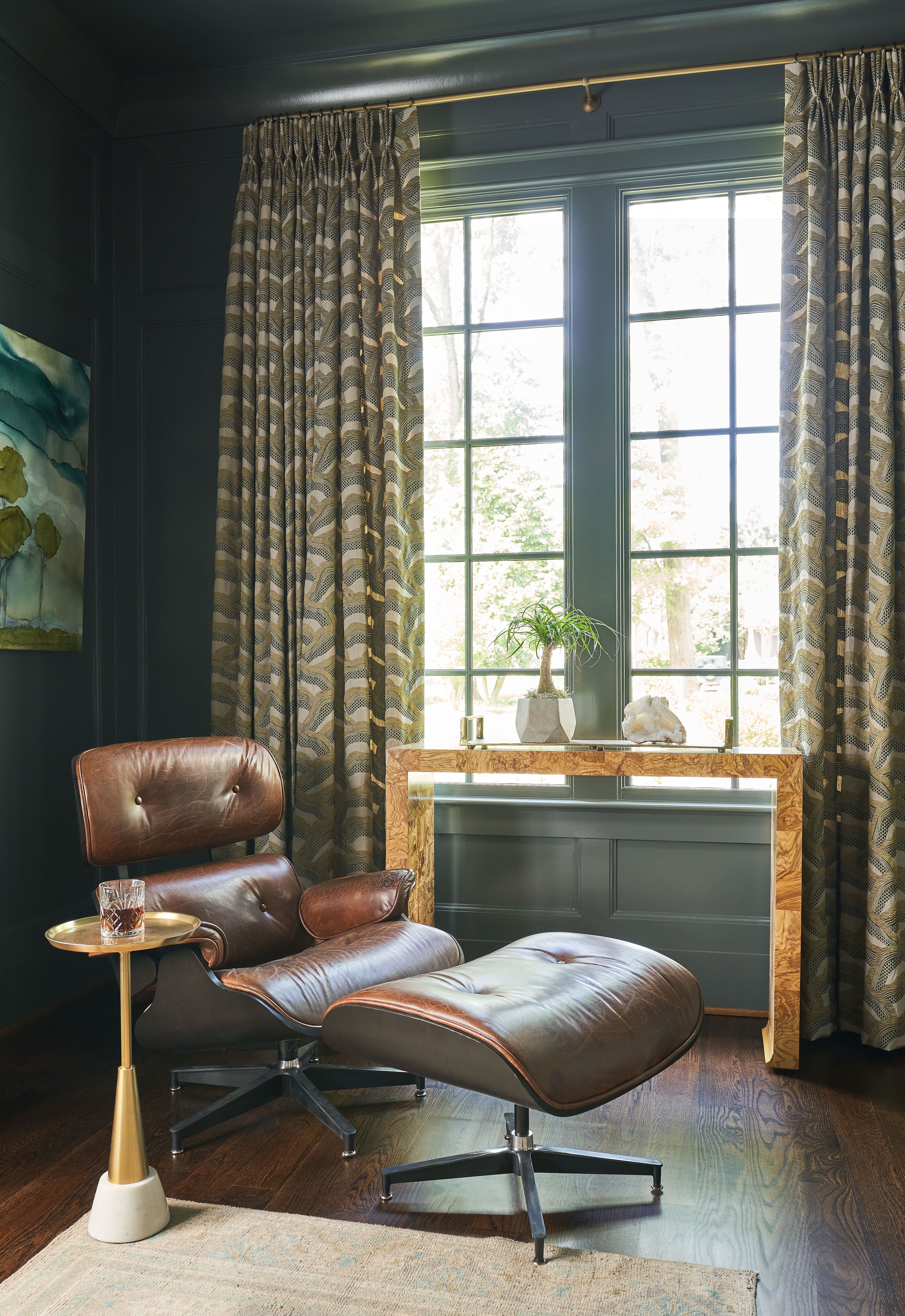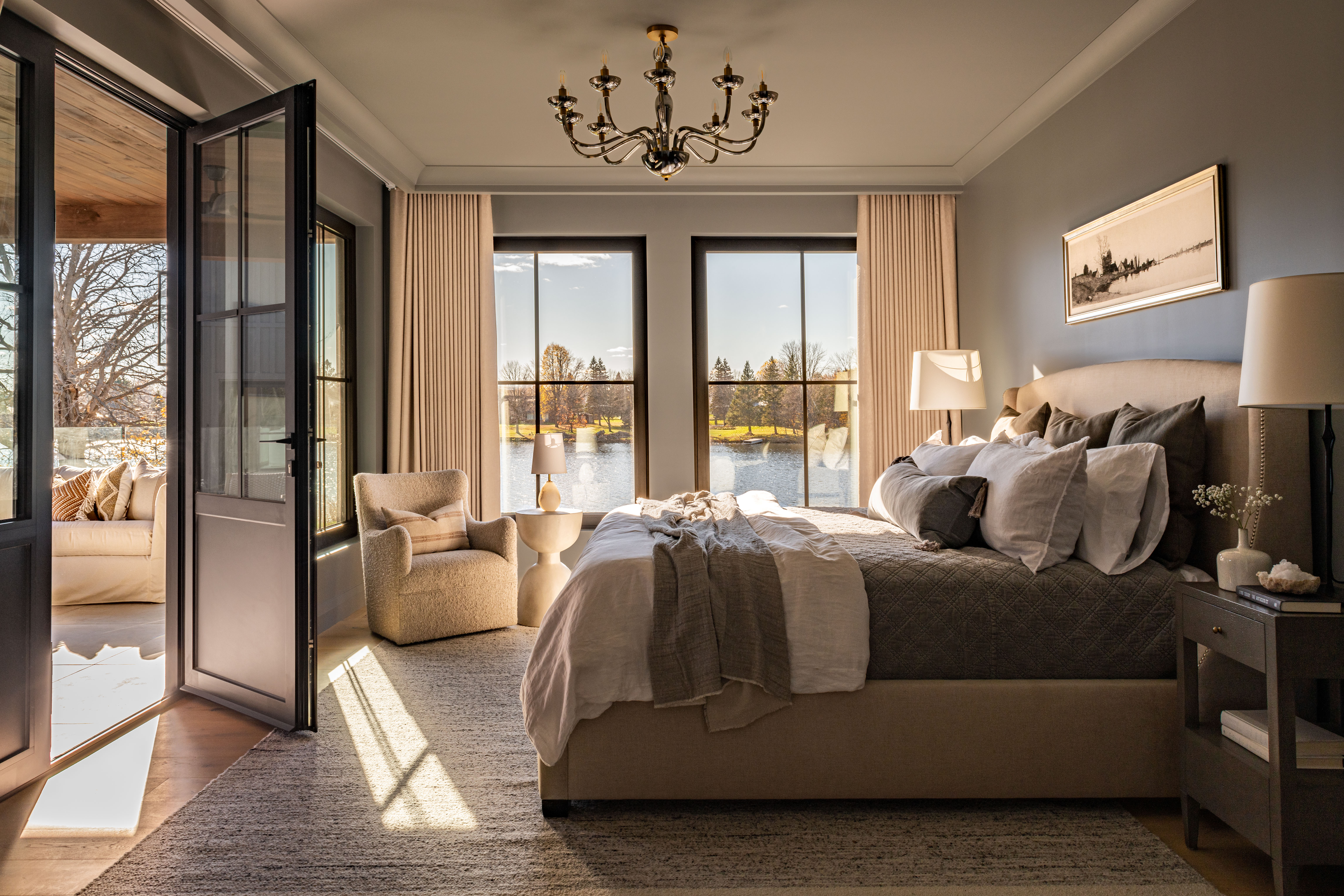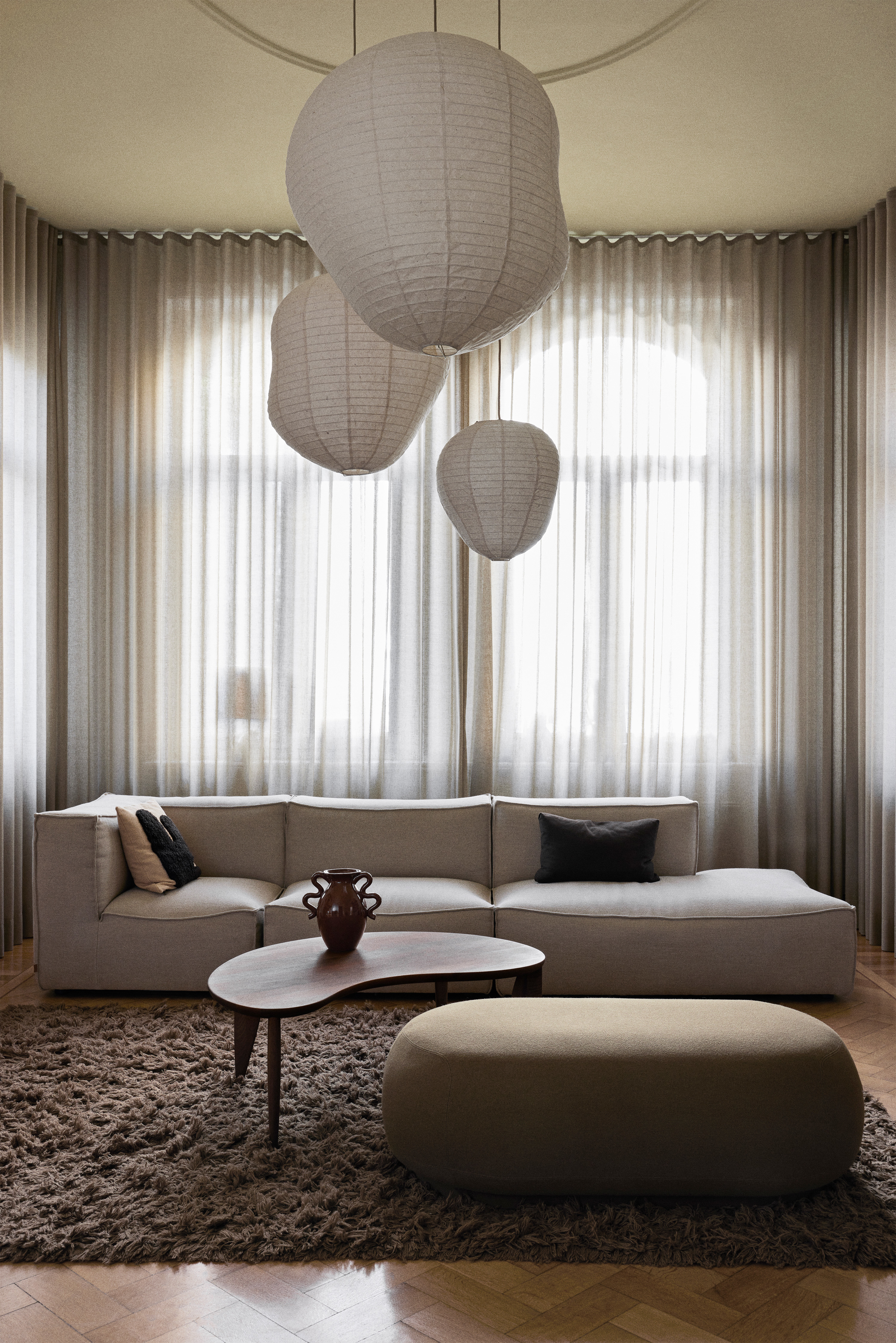Should I Pick Curtains or Blinds? The Easy Way Designers Decide What's Right for a Room
There’s a lot to consider when it comes to curtains vs blinds — style, cost, durability are just some of the factors. We’ve taken on the professionals' perspectives to aim for the best outcome whatever room you're dressing


Dressing a window is an all important detail which gives a room completion, and there are a few ways to go about it. The fabric options are curtains and blinds, but how do you choose between the two?
Breaking down the different factors you’ll need to consider before making the purchase of your modern window treatments, and understanding the specific needs of your space can help you make the right choice. We’ve asked the professionals what their preference is to gain some expert perspective on the subject and allow you to explore the options and tailor it best to your space.
1. Which are more in style?

Starting with style, there’s probably already a particular style you envision which fits the space depending on what the room is, its existing details and also the configuration of the window. Curtains come in a variety of fabrics, patterns and styles making them a versatile choice that can be fitting with almost any interior, whereas blinds tend to have a more sleek, modern appearance making them slightly better partners to contemporary decor. Curtains also apply a softer, perhaps more inviting welcome to a room providing a cozy ambiance.
‘Curtains are an excellent choice for formal living rooms, dining rooms, or bedrooms where elegance and softness are desired,’ suggests Nina Lichtenstein, founder of Custom Home Design by Nina Lichtenstein.
‘Compared to curtains, blinds may offer fewer design options in terms of colors, patterns, and textures but are well-suited to minimalist spaces where clean lines are preferred.’ Patti Allen Co-Owner of Allen + James Home says, ‘In the main spaces we typically do panels, and in secondary places we might lean towards blinds more. My go-to is a custom panel or roman shade where you can play with the fabrics and tapes for a fun custom look to give your space a special flair.’
Don’t forget details like this can be added or customized into something to suit your cohesive design, applying these thoughts to your project can help narrow down the options of what would work best in your case and help to develop the best options.
2. Light and sound control

Depending on the fabric and lining, curtains can offer varying degrees of light control and privacy, from sheer and airy to opaque and light-blocking. Blinds tend to provide more control over light levels and privacy due to the one panel of fabric used, but again depending on the fabric.
The Livingetc newsletters are your inside source for what’s shaping interiors now - and what’s next. Discover trend forecasts, smart style ideas, and curated shopping inspiration that brings design to life. Subscribe today and stay ahead of the curve.
Don't forget thick, heavy curtains can help absorb sound, making them ideal for bedrooms or rooms with high noise levels.
3. Durability and maintenance

Curtains require regular cleaning and maintenance, including washing or dry cleaning to keep them looking fresh and free of dust. They also need enough space to hang and stack when opened, which may not be ideal for rooms with limited wall space or furniture placement.
‘Blinds take up minimal space and can be installed flush against the window frame, making them ideal for small rooms or windows close to furniture.’ says Nina, they are relatively easy to clean and maintain, requiring regular dusting or wiping with a damp cloth. ‘In high-traffic areas like kitchens or bathrooms, where moisture and splashes are common, moisture-resistant blinds may be the more practical choice.’ While you may still see curtains in these spaces, blinds are definitely more likely bathroom and kitchen window treatments.
4. Cost

Curtains seem to allow for a more bespoke finish to a space, thinking about the curtain header, be it a rod or pelmet, or something different, as well as the pleat and the fabric, the lining and weight; but to add all the extra details and fabric comes at a price. Blinds are limited, so they are a simpler option and are usually more budget friendly.
How to choose the right window treatment for your space

The decision between curtains and blinds ultimately depends on the specific needs and preferences of your space. Consider factors such as the room's function, decor style, natural light levels, privacy requirements, and maintenance preferences to create the best outcome. Nina says ‘I often lean towards curtains for their versatility, warmth, and ability to add texture and softness to a room. In rooms where precise light control and space-saving are priorities, blinds are an excellent alternative.’
Patti loves a customized curtain or a roman blind: ‘You can play with the fabrics and tapes for a fun customized look to give your space a special flair,’ she says. Blinds or drapes, both options offer unique benefits and can enhance the beauty and functionality of your space. Evaluating the specific requirements of your room will allow you to select the perfect window treatment that complements your decor and enhances your lifestyle.

Portia Carroll is an interior stylist, writer, and design consultant. With a background in interior architecture and design, she has a plethora of creative experience in the industry working with high end interior brands to capture beautiful spaces and products and enhance their qualities.